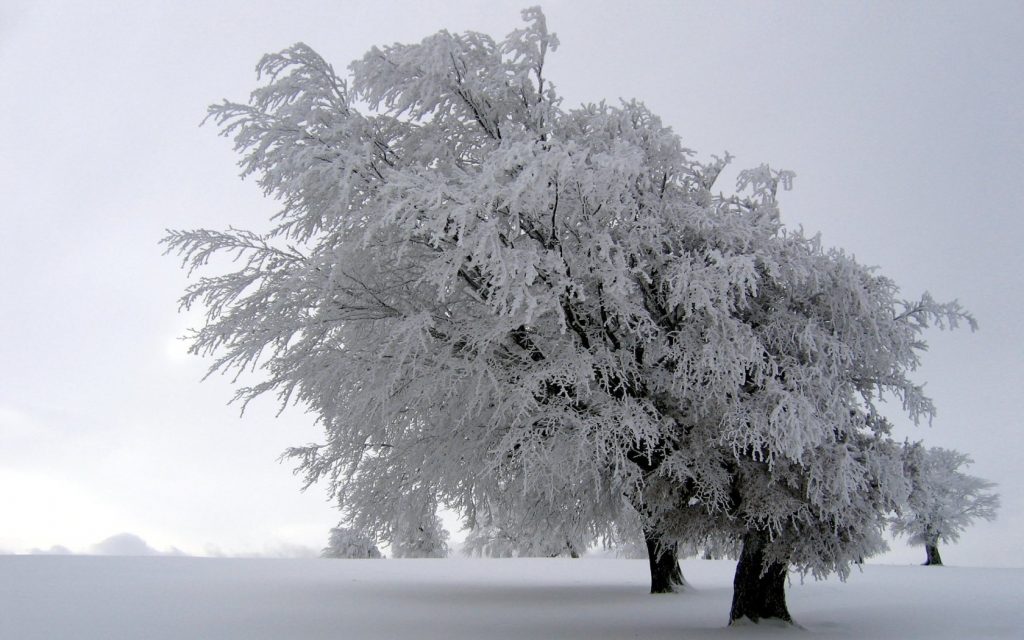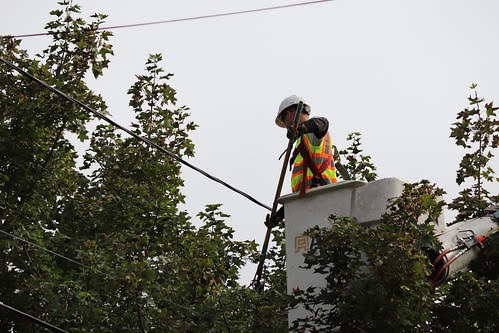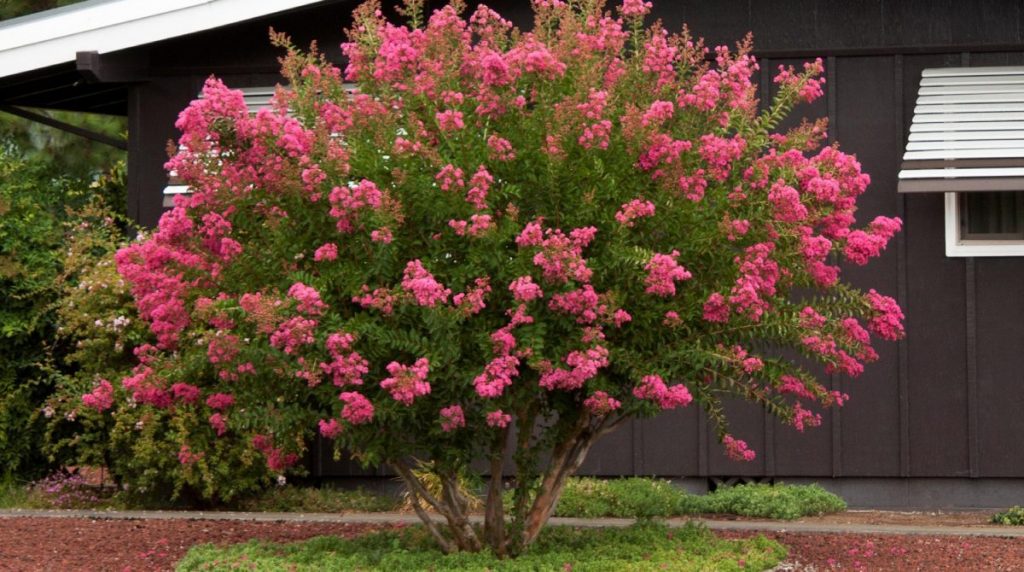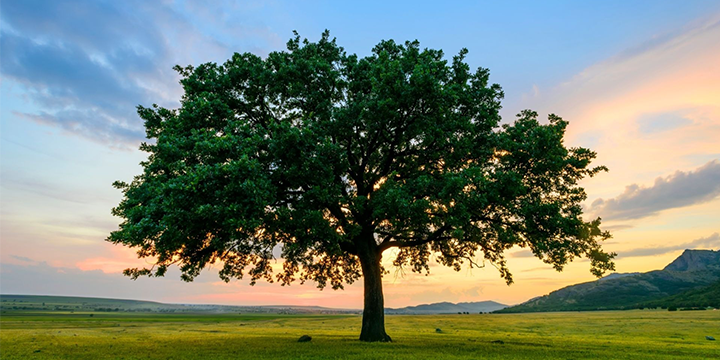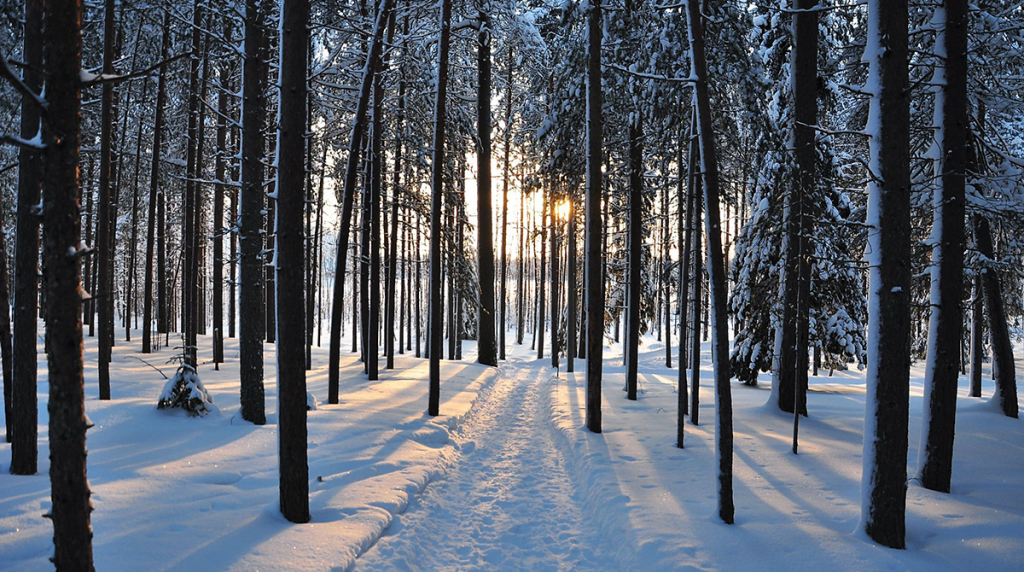
Date January 26, 2021
Category
The weather has turned bleak, and although growing longer all the time, there are still too short of supporting leaf growth. Our deciduous trees have turned in for the winter and are waiting it out until spring. You might be worried about your trees, wondering if they have what it takes to make it through the next couple of months, especially if you have young trees, which are more susceptible to harsh weather conditions.
If you’d like to take a proactive approach with your trees, there are a few things you can do to help sustain your trees during the winter season. Below is the ultimate guide to caring for young trees in winter.
Why do young trees need special attention?
If you have a newly planted tree, you’ll need to take some precautions to ensure your tree makes it safely through the winter. Winter is an important time for trees. It’s a time when they’re able to focus most of their energy on growing their roots and absorbing nutrients in preparation for spring.
However, newly planted trees are also dealing with some added stress called “transplant shock.” Proper care can reduce transplant shock and help your trees make a faster recovery.
Covering young trees
If temperatures dip below 35 degrees during a cold snap, you should consider covering any saplings in your yard so they don’t get frost damage. Frost damage can cripple the growth of new shoots. If temperatures are forecasted to reach freezing temperatures at night, followed by warmer, sunny weather during the day, you should cover your saplings.
There’s the potential for your trees to get sunscald, caused by a tree’s bark freezing and then exposed to direct sunlight. Although mature trees aren’t as susceptible to the effects of sunscald, it can be fatal for young trees. Even if it doesn’t kill your tree, it could permanently damage the bark and compromise the tree’s health.
To cover your saplings, drape a protective material over them. This helps them conserve heat, which comes from the soil’s warmth, so it’s important to ensure the cover is large enough to reach the ground. Use stakes or rocks to keep the cover secured.
If you can, avoid using heavy plastics. You’ll need something breathable to allow moisture to ventilate, like a burlap or a sheet. Alternatively, you can use cardboard boxes, tubs, or trash cans, if they’re large enough.
Wrapping young trees
Another thing that can protect your trees from sunscald is wrapping the trunks. Trees should be wrapped for the first two years to protect them during winter and summer. Polypropylene fabric is ideal because it’s stretchy, breathable, and durable.
You can find it at most garden stores. To wrap your tree, start at the bottom of the trunk and wind the tree wrap around the base at a slightly upward angle. It should overlap enough to cover the entire base and be snug but not so tight that it chokes the tree.
Mulch young trees for winter
During the winter, mulch acts as a protective blanket over your trees’ roots and can protect the roots from suffering tree root damage due to dry, cold temperatures. Mulch keeps the soil moist and warm, so laying down a fresh layer of mulch around the base of your trees can make a huge difference in protecting your trees against the winter climate.
Just be careful not to use too much mulch and create what arborists call a “mulch volcano.” Over-mulching can cause the roots to grow up around the base of the tree and choke it. This is called root flare, and although it is a fixable problem, it’s much easier to avoid the issue altogether.
When you mulch, make a layer about two to four inches thick. Spread the layer around the tree’s base, starting one to two inches away from the trunk, going out in all directions about three or four feet.
Watering in winter
Although trees don’t need to spend energy on leaf growth during the winter, they are still alive and active during the dormant season. Their roots grow, and they soak up nutrients and water from the soil.
Because of this, your trees must have access to enough water, even if the weather is cold and gray. You’ll need to monitor the soil conditions throughout the winter, making sure it’s moist but not waterlogged. If the soil beneath the mulch is dry, water your tree.
Signs you need to call an arborist.
You should always closely monitor your tree’s health because if your tree is sick, you’ll need to contact an arborist as quickly as possible. While it might end up being a minor issue that’s easily solved, there could be more complex problems at hand.
If an issue is left undetected and untreated for too long, it is possible for a tree to become too far gone to be saved and will instead have to be removed. It can be tough to tell if your tree is sick, dying, or already dead in winter. Here are some things you can do to check on the health of your young tree during winter:
- Healthy dormant trees will have small leaf buds that indicate the tree is preparing to leaf out in the spring. If the tree doesn’t have small leaf buds, conduct a full tree inspection. Check for any obvious signs of sickness or broken trees. Do you see any open wounds or a damaged tree trunk? Are there insects? Is there mold or fungus growing on the branches?
- If you notice tree damage or any other signs outside the tree that give you concern, try snapping off a small branch. If it’s brittle and snaps easily, there’s a chance your tree could be dying or dead.
- You can also try scratching the top layer of bark from one of the tree’s small branches. If it’s green underneath, that’s a good sign. If it’s not and you think your tree might be dying or dead, you must call a certified arborist right away for a tree health analysis.
TreeNewal is here to help.
If you have any questions or concerns regarding winter tree care, you should contact us immediately. TreeNewal is a professional tree care service that’s proud to provide quality tree care in North Central Texas.
We have three ISA Certified Arborists on staff, and we have a team of highly qualified tree care experts ready to help. We’re happy to answer questions you have or send someone to your property to assess more serious concerns. Call us at tel:(817) 592-6846 for more information.
To learn more about The Ultimate Guide to Caring for Young Trees in Winter, call our Argyle and Southlake
based teams at tel:(817) 592-6846 or send us a message.
We’re a little different than the average tree services company.
Learn more about TreeNewal’s ISA Certified Arborists!
Our Dallas/Fort Worth-based tree doctors can explain how sustainable tree care services add more value to your bottom line.
Healthy trees, healthy lives.
